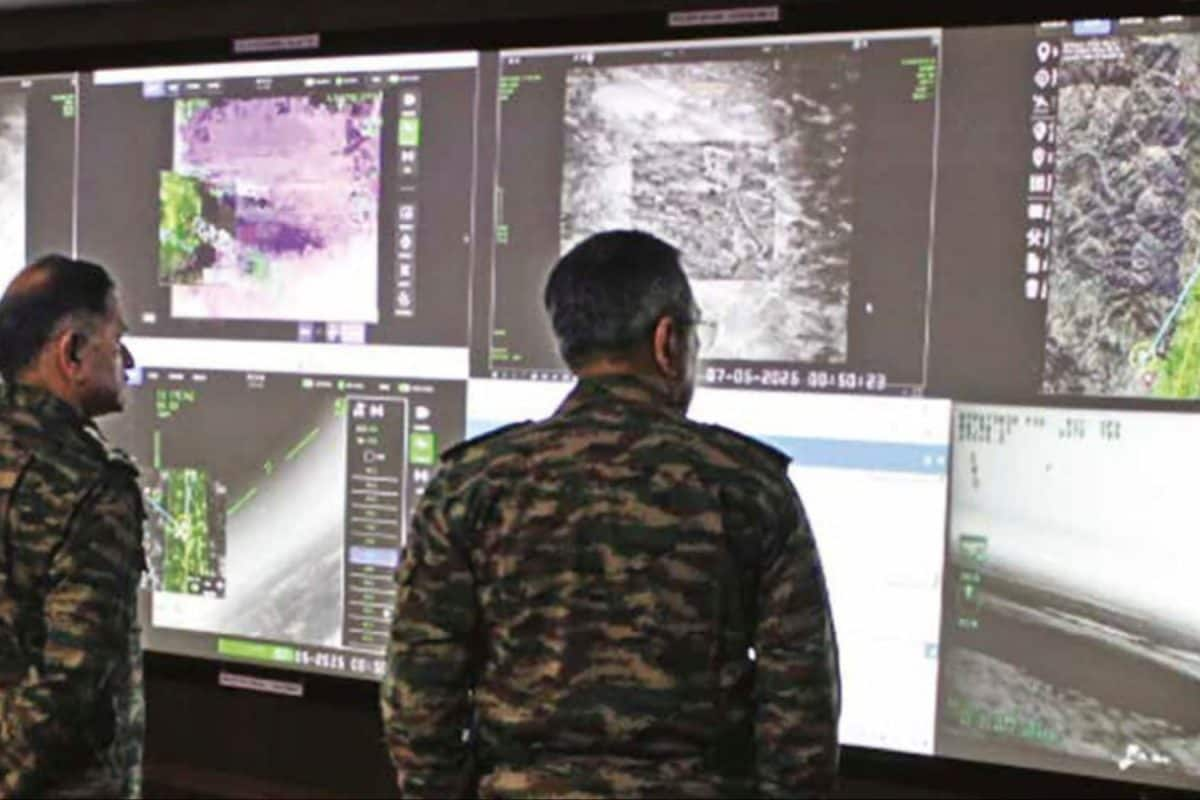

A recently revealed Pakistani dossier indicates that India's Operation Sindoor, launched in early May 2025, inflicted more extensive damage within Pakistan than initially acknowledged by Indian authorities. The dossier, pertaining to Pakistan's internal military operation "Bunyan un Marsoos," documents at least eight additional Indian airstrikes beyond those disclosed in official Indian briefings.
Maps included in the Pakistani dossier pinpoint strikes on locations including Peshawar, Jhang, Hyderabad in Sindh, Gujrat in Punjab, Gujranwala, Bahawalnagar, Attock, and Chor. These locations were notably absent from the information shared by the Indian Air Force and the Director General of Military Operations during press conferences following the counteroffensive.
Operation Sindoor was initiated by India in response to the Pahalgam terror attack, which resulted in the deaths of 26 civilians. India targeted what it claimed were nine high-value terror hubs within Pakistan and Pakistan-occupied Kashmir. While India initially confirmed strikes on locations such as the Jaish-e-Mohammed headquarters in Bahawalpur and a Lashkar-e-Taiba training center in Muridke, the revelation of additional targets suggests a deliberate strategy by India to allow Pakistan to unveil the full scope of the damage.
According to the dossier, the newly disclosed targets encompass both military and dual-use installations situated in urban centers, extending far beyond the areas initially acknowledged by India. This suggests that Operation Sindoor was a more ambitious and calculated military undertaking than previously understood.
The revelation of these additional targets sheds new light on the events that transpired in May 2025 and is considered a significant factor in Pakistan's request for a ceasefire. The dossier seemingly contradicts earlier claims from Islamabad of inflicting heavy damage on the Indian side, instead highlighting the extent of the damage suffered within Pakistani territory.
Further evidence supporting the scale of Operation Sindoor comes from satellite imagery released by Maxar Technologies, which revealed extensive damage at several sites targeted during the operation.
In a related development, Pakistan's retired Air Marshal Masood Akhtar publicly admitted that Pakistan's Airborne Warning and Control System (AWACS) aircraft sustained damage during Operation Sindoor. This admission contradicts the official Pakistani narrative, which sought to downplay the extent of the damage inflicted by the Indian strikes. Akhtar stated that the AWACS aircraft was damaged when a BrahMos missile struck its hangar at Bholari airbase.
Chief of Defence Staff General Anil Chauhan acknowledged that India did suffer initial fighter jet losses during Operation Sindoor. However, he maintained that India adapted its tactics and inflicted significant damage on Pakistani airbases before the ceasefire was established.